May 21, 2025 | 08:55 GMT +7
May 21, 2025 | 08:55 GMT +7
Hotline: 0913.378.918
May 21, 2025 | 08:55 GMT +7
Hotline: 0913.378.918
Tuyen Quang province currently has over 86,000 buffaloes, 42,300 cows, 593,000 pigs, and 7.5 million poultry. Faced with complicated developments and the increasing threat of livestock disease, this province has devised a scheme to develop disease-free livestock farming areas in addition to Plan 207/KH-UBND issued in 2024 with the goal of “strengthening disease prevention and control for livestock in Tuyen Quang.”
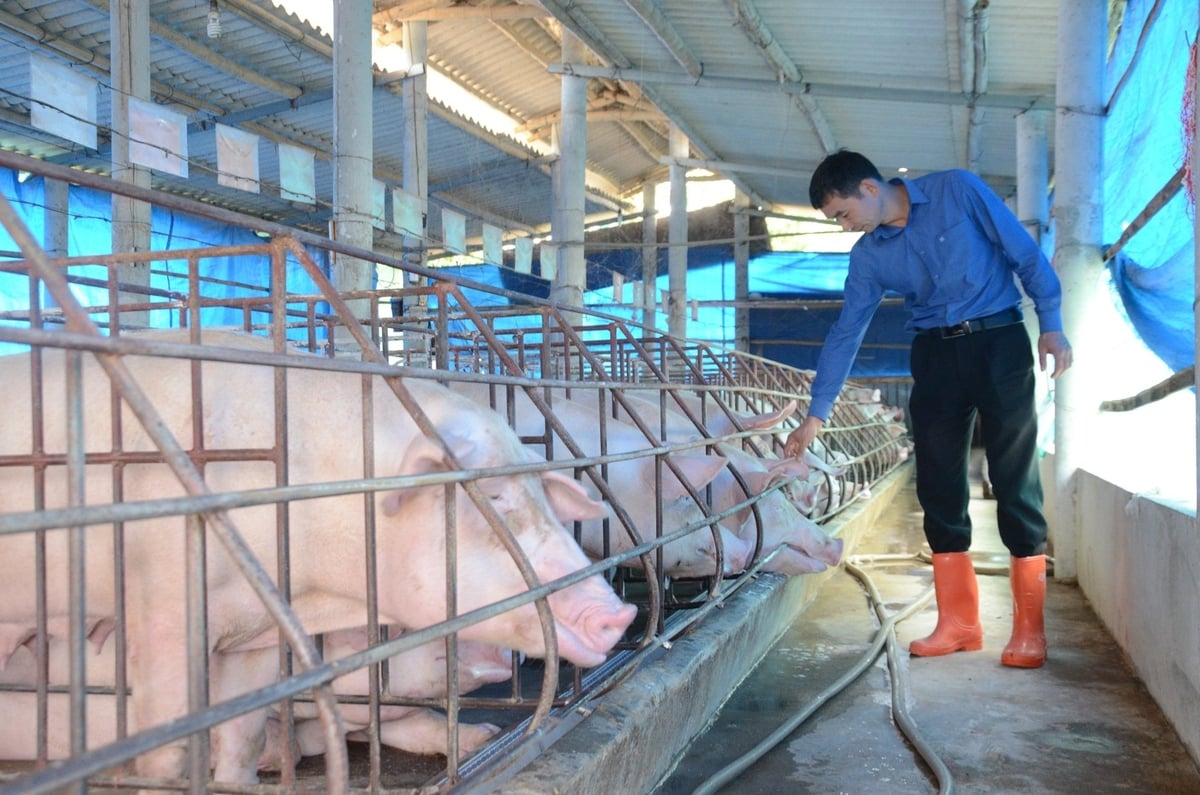
Disease-free livestock farming models are being expanded in Tuyen Quang province. Photo: Dao Thanh.
Accordingly, Tuyen Quang Department of Agriculture and Environment will coordinate with localities to organize vaccination, ensuring a minimum coverage rate of 80% of the total herd. At the same time, it will increase inspection and disease surveillance, thoroughly handle newly emerging outbreaks, and strictly control the transportation, slaughtering, and consumption of animals and animal products.
Up to the present, the province has vaccinated more than 31,500 buffaloes, 21,100 cows and more than 74,500 pigs against foot-and-mouth disease. The vaccine for hemorrhagic septicemia has been administered to more than 34,000 buffaloes, 21,000 cows, 357,000 pigs and nearly 2.4 million poultry. Animal transport quarantine is strictly controlled to limit the risk of disease spread.
According to Le Hai Nam, Head of Tuyen Quang Sub-Department of Livestock Production, Animal Health and Fisheries, many livestock farms in the province meet disease safety standards, and those from large companies, cooperatives and medium and large-scale farms are operating effectively.
“In 2024, the province's fresh meat output reached more than 8,290 tons of buffalo, nearly 1,800 tons of beef, over 69,400 tons of pigs and 18,500 tons of poultry, an increase of 7% in comparison to 2023, reflecting the effectiveness of safe livestock farming and good disease prevention,” said the Head of Tuyen Quang Sub-Department of Livestock Production, Animal Health and Fisheries.
Dao Van Chi's family in Tan Trao village (Hop Hoa commune, Son Duong district, Tuyen Quang province) raises more than 100 pigs according to VietGAP standards. He proactively vaccinates against foot-and-mouth disease, regularly disinfects barns, applies biosafe farming methods, and strictly manages people and vehicles entering and leaving the farm.
"The family strictly follows the disease prevention process. In addition to ensuring full protection to livestock through essential vaccines, we also proactively clean and dispose of waste every day to avoid polluting the farming environment,” he said.
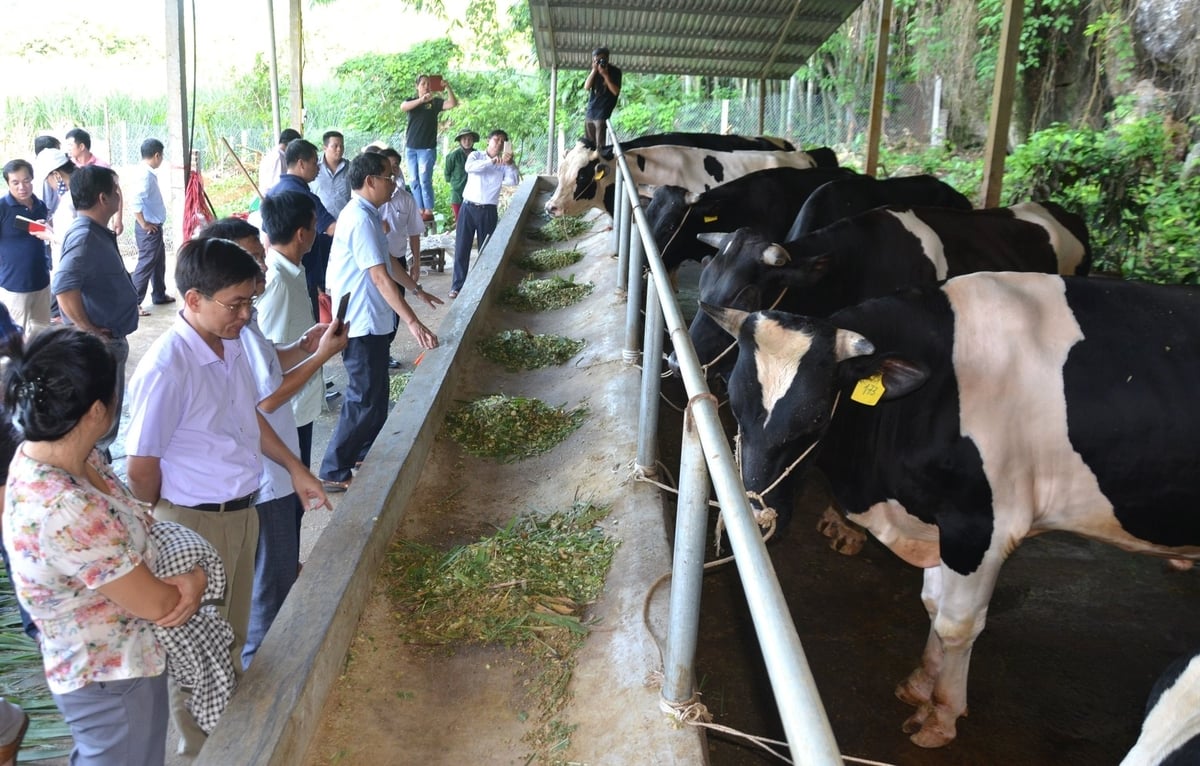
Disease-free livestock farming is an important concept as it helps farmers in Tuyen Quang gain sustainable livelihoods. Photo: Dao Thanh.
Sang Nhung Safe Food Production and Processing Cooperative (Son Duong district, Tuyen Quang province) currently raises over 2,000 pigs and exports approximately 400 tons of meat to the market each year. The cooperative strictly applies veterinary hygiene measures and periodic disinfection, minimizing the risk of pathogens entering its farm.
Nguyen Ngoc Sang, Director of the Cooperative, said, “The cooperative’s livestock farming procedure has achieved VietGAP certification. Sang Nhung herbal pork has been recognized as a 4-star OCOP product. Many processed products, including lap xuong (commonly known as Chinese sausage), ham, and sausages, have also achieved OCOP qualification of 3 to 4 stars, contributing to increasing the value of our livestock farming model as well as income for people.”
Despite the recent achievements, Tuyen Quang still has to face certain difficulties on its path to safe livestock farming. Some local people lack awareness, and infrastructure and equipment for livestock production and veterinary services in some places do not meet requirements. The control of trading and slaughtering activities of livestock and poultry remains loose, posing a potential risk of disease spread.
The province’s agriculture and environment sector, along with local authorities, is focusing on solving difficulties by promoting information dissemination, supporting people to access safe livestock farming techniques, investing in upgrading the veterinary system and strictly controlling the transportation and slaughtering stages.
Biosafety livestock farming is the synchronous implementation of veterinary hygiene and management measures to minimize and eliminate pathogens in livestock that can infect humans and harm the environment, thus bringing many economic benefits to livestock farmers and consumers. This will be a "shield" to protect livestock and reduce environmental pollution. Considering the world’s movement toward sustainability and adaptation to climate change, disease-free livestock farming becomes an inevitable direction in modern agricultural development.
With the consensus of the government, professional sectors and people, Tuyen Quang is gradually finding success in building safe livestock farming areas, thereby increasing product value, protecting public health and sustainably developing the livestock industry.
Translated by Samuel Pham
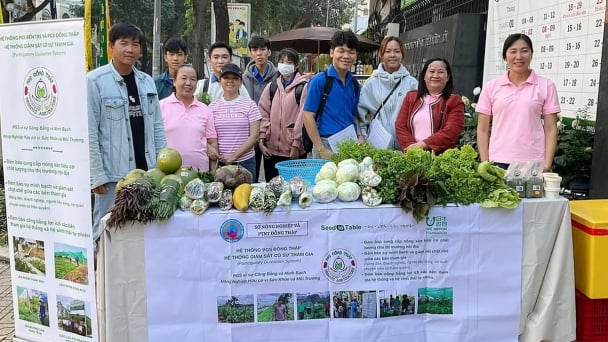
(VAN) Japan's grant aid project contributes to capacity building, promoting organic agricultural production, and fostering sustainable community development in Dong Thap province.
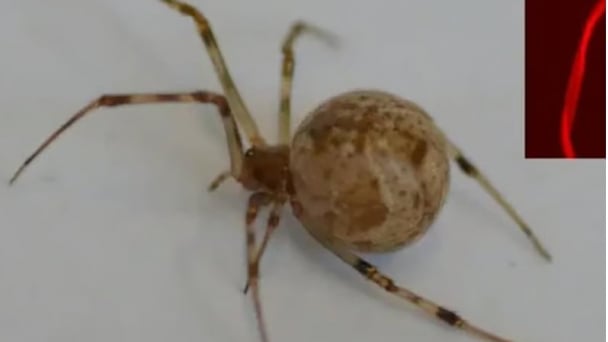
(VAN) For years, the CRISPR-Cas9 genome technology has been reshaping genetic engineering, a precision tool to transform everything from agriculture to medicine.
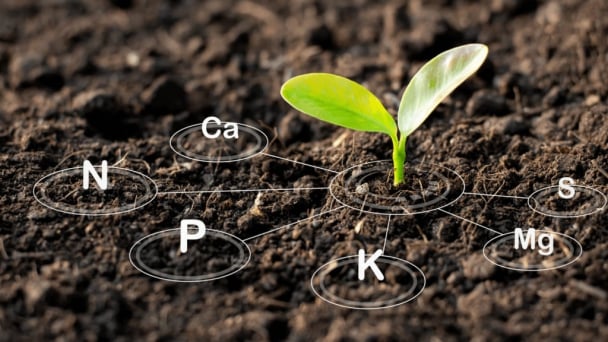
(VAN) Vietnam aims to become a 'leader' in the region in the capacity and managing effectively soil health and crop nutrition.
![Reducing emissions from rice fields: [Part 1] Farming clean rice together](https://t.ex-cdn.com/nongnghiepmoitruong.vn/608w/files/news/2025/05/05/z6509661417740_a647202949c539012a959e841c03e1d3-nongnghiep-143611.jpg)
(VAN) Growing clean rice helps reduce environmental pollution while increasing income, allowing farmers to feel secure in production and remain committed to their fields for the long term.
/2025/05/19/5136-1-144800_230.jpg)
(VAN) The Nghe An Provincial People's Committee has just approved the list of beneficiaries eligible for revenue from the Emission Reductions Payment Agreement (ERPA) in the North Central region for the year 2025.
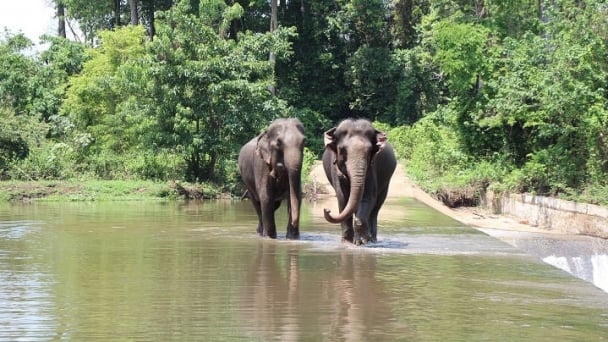
(VAN) 14 out of 35 domesticated elephants in Dak Lak province have had their living conditions improved, with 11 of them currently participating in the non-riding elephant tourism model.